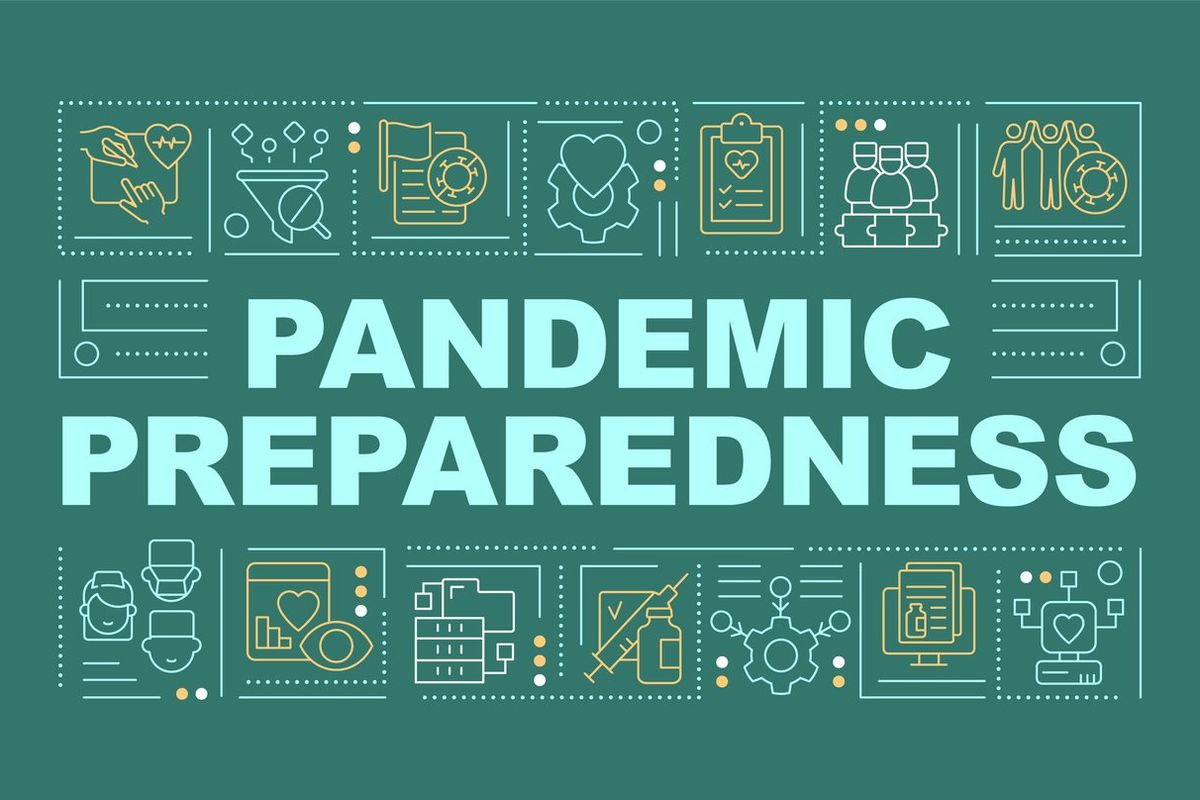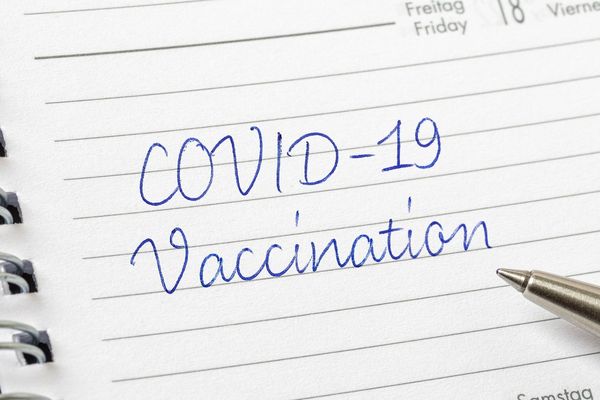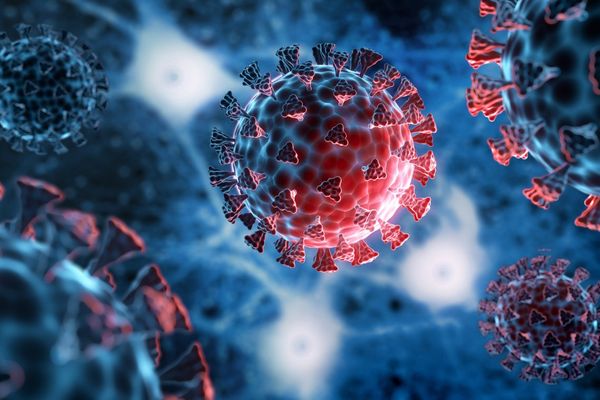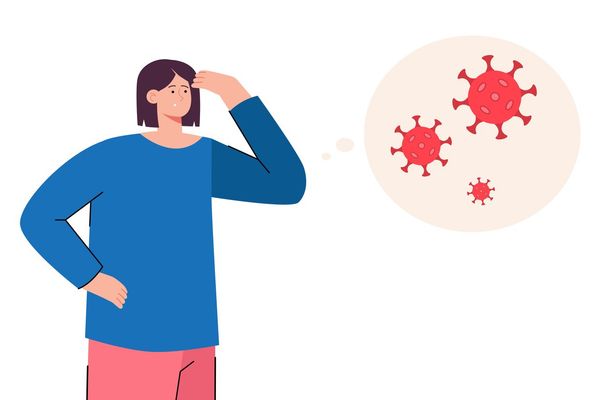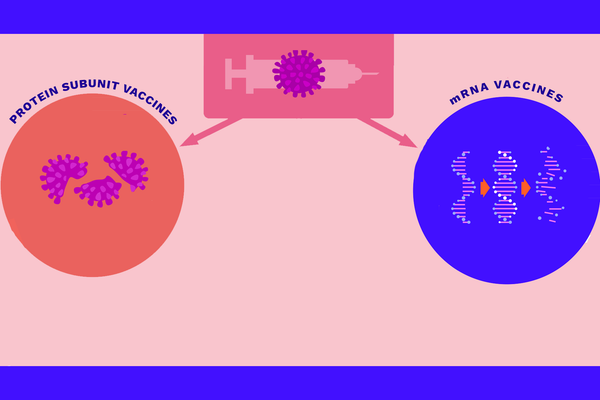Over three years and more than 6.5 million deaths later, the Covid-19 pandemic is not over yet. As people around the world work to bring the current pandemic to an end, we must also ask ourselves: How do we prepare for the next one?
Reframing the conversation around Covid
In spite of the fact that many of us have gone back to some version of our normal lives, the Covid pandemic isn’t over. But rather than wondering when it will end, it may be useful to reframe the question, said Joanne Liu, MDCM, FRCPC, an emergency room physician, professor at the School of Population and Global Health at McGill University, and director of the Pandemics and Health Emergencies Readiness Lab (PERL).
A former international president of Doctors Without Borders, Liu is a member of the Inter-Agency Humanitarian Evaluation of the Humanitarian Response to the COVID-19 Pandemic and the Independent Panel for Pandemic Preparedness and Response, so she knows a thing or two about pandemics. And she thinks we need to take a different approach to the conversation around when Covid will go away — because it won’t, at least not completely.
“I don’t think there’s going to be an end per se,” Liu said. Instead, she explained, we’ll move from the pandemic phase to the endemic phase of Covid. “Basically, this means we have a predictable pattern of the number of infections, and that it is not disturbing or disrupting the whole healthcare system,” Liu said.
Epidemic: an unexpected increase in the number of disease cases or certain health-related behaviors in a specific geographical area.
Pandemic: When a disease’s growth increases each day and covers a wide area, affecting several countries and populations.
*The difference between an epidemic and a pandemic is the degree to which it has spread. An epidemic is large but generally contained, while a pandemic is international and out of control.
Endemic: a disease that is consistently present in a given community or region, making the rate of spread predictable.
Although she didn’t venture to guess when we’ll reach the endemic phase of Covid-19, some scientists believe we’re getting close. That doesn’t mean we won’t have to worry about Covid any more. It just means that it will be more manageable, like the flu.
When having a plan isn’t enough
Even as the Covid pandemic drags on, preparations are underway for the next one. When it comes to governments and healthcare systems planning for future pandemics, Liu believes we need to do more than just be prepared — we need to be ready. This means not only having a plan in place, but running through the plan so many times that we can respond immediately when disaster strikes.
“I compare it to a firehouse, where you always have firemen sitting and waiting,” Liu said. “When the fire alert comes, they jump in the truck and they’re on their way. They don’t make repairs on the truck, take their time getting their gear on, and maybe by the next day they’re ready to go.”
The idea is to always be practiced and ready so that when the worst happens, we don’t have to talk about what to do — we just do it. “There’s preparedness, and then there’s readiness to be operational when something happens,” Liu said.
Strengthening the supply chain, improving access for all
Liu says making sure everyone has what they need during future pandemics — including vaccines, treatments and protective equipment such as masks — is going to take a major shift in how these things are shared around the world.
“I think people in high-income countries are completely unaware and oblivious about how angry the low- and middle-income countries are that they couldn't get fast, accessible countermeasures [during the Covid pandemic],” Liu said.
Liu believes that we need to rethink how we share tools to fight pandemics. This sharing should include the development of vaccines and other treatments, not just distribution. “We should think of equity at the discovery level, meaning that people will have access to the recipe,” she said.
Liu adds that countries need to work together toward a common good to make sure everyone has equal access to vaccines and other protections during future pandemics — and they need to do it now. “Between epidemics is when we should be having these tough conversations,” Liu said. “It’s much harder to have them when you’re facing that fight.”
Thwarting other threats
Investment in developing new treatments should also be part of a long-term strategy to fight other health threats, including one that is already affecting countries around the world: antimicrobial resistance (AMR).
AMR happens when bacteria, viruses, fungi and parasites (microbes) change over time so that medicines don’t work as well against them. It can lead to the creation of “superbugs” that can’t be treated with antimicrobials or any other medicines currently available.
“AMR is an ‘invisible pandemic’ that is going to be a massive issue,” Liu said. “And we are very ill-prepared for that.” She added that along with developing new antibiotics and other treatments to fight AMR, governments and public health officials should be raising awareness about it.
“We need to talk about it, and we need to make an awareness campaign,” Liu said. The campaign should include education about when to use antibiotics — and when not to.
“We need to educate people to not use antibiotics for viral illnesses,” she said. This type of medicine doesn’t work against colds, flu and other types of sickness caused by a virus, and the overuse of antibiotics for this type of illness is part of what causes AMR.
Acting locally to fight a global crisis
On a local level, Liu believes that harnessing the power of communities can help us protect each other in the event of future pandemics. If governments turn again to strategies like lockdowns to protect healthy people from getting sick, she explains, we’ll need to make sure that the most vulnerable among us are being cared for during these times of isolation.
“What is clear is that lockdown comes with responsibility, especially for vulnerable groups,” Liu said. For us as individuals, that means having a plan in place to check on our neighbors, and generally doing what we can to make sure everyone has what they need to get by.
Liu points to homemade masks as an example of people caring for each other during the Covid pandemic. Where she lives in Montreal, hundreds of seamstresses came together in 2020 to sew masks for people who might not otherwise have access to them. “They made more than 50,000 masks for their communities,” Liu said.
In the United States, volunteers from across the country also banded together in the early days of Covid, sewing masks for healthcare workers and other people in need of protection.
If we all commit to looking out for one another during a crisis, these small-scale acts of caring can have a big impact.
As Atlanta-based volunteer mask sewer Christine Cox told CNN, “We’re the ones you want around in the apocalypse.”
This resource was created with support from PhRMA.
- 15 Minutes With: Rick Bright Talks About Antimicrobial Resistance (AMR) ›
- Pandemic Unveils Growing Suicide Crisis for Communities of Color ›
- Q&A: How Fighting Superbugs Could Help Prevent the Next Pandemic ›

